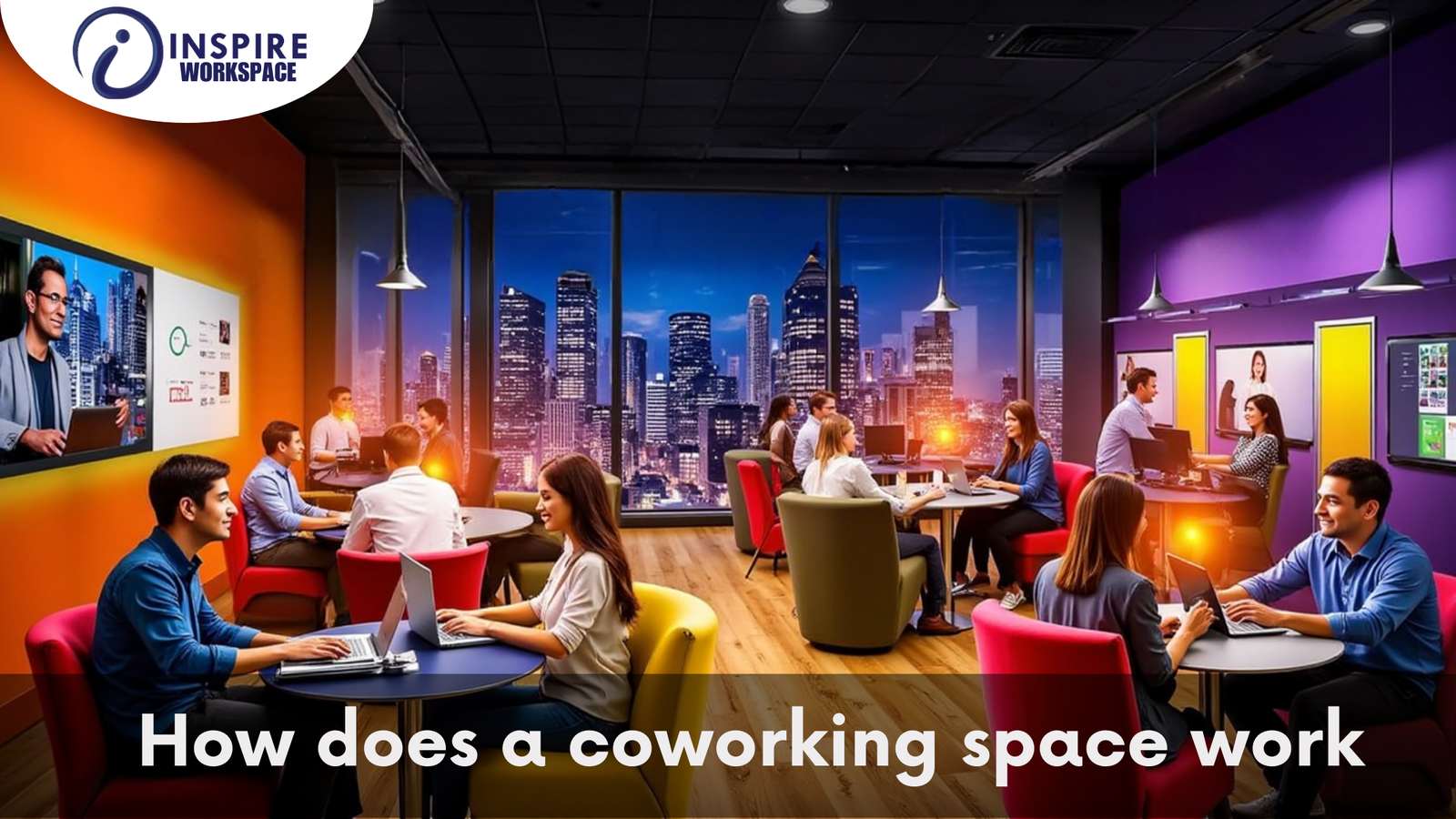Introduction: The Rise of Flexible Workspaces
In recent years, the way we work has drastically changed. The global shift toward remote work, freelancing, startups, and the gig economy has fueled a demand for flexible, cost-effective, and inspiring work environments. Gone are the days when professionals were bound to cubicles in traditional office setups. Enter the coworking space—a modern solution for the modern workforce.
Coworking spaces are shared work environments designed to accommodate individuals and teams from different companies, industries, and backgrounds. These spaces offer everything a conventional office provides—desks, meeting rooms, internet access, coffee, and printers—without the hassle of long-term leases or high overhead costs.
. What Is a Coworking Space?
A coworking space is a shared workspace where individuals from various professional backgrounds work independently or collaboratively. Unlike traditional offices, which are typically leased by one organization, coworking spaces host a diverse mix of users—freelancers, entrepreneurs, remote workers, consultants, and even employees from large corporations.
These spaces are equipped with office essentials such as high-speed internet, power outlets, ergonomic chairs, printers, private meeting rooms, and common areas like lounges and cafeterias. Most coworking providers also offer value-added services like lockers, mail handling, event hosting, and business registration support.
But coworking is more than just physical space. It’s a community. Users often network, collaborate on projects, and participate in events that promote learning and connection. The open environment fosters innovation and creates opportunities for professional growth.
2. How Does a Coworking Space Work?
At its core, a coworking space operates on a flexible membership model. Members can choose from a range of plans depending on their work needs and budget:
- Hot Desk: Access to any available desk in an open area.
- Dedicated Desk: A reserved desk that remains yours every day.
- Private Office: Enclosed cabins for teams or individuals needing privacy.
- Virtual Office: Business address and mail services without physical access.
Once you pick a plan, you pay a membership fee—daily, weekly, or monthly. Some spaces also offer hourly rates for drop-in users. After joining, members can walk in, choose their spot (based on their plan), and start working. Facilities like coffee machines, meeting rooms, and printers are either included or billed separately.
Coworking spaces also provide back-end support—cleaning, security, tech assistance, and reception services—allowing users to focus solely on their work without distractions or logistical worries.
3. Who Uses Coworking Spaces?
Coworking spaces cater to a wide variety of professionals, including:
- Freelancers & Solopreneurs: Looking for a structured work environment without the isolation of home.
- Remote Workers: Employees of companies who work away from the corporate office.
- Startups & Small Businesses: Needing flexible space to grow without committing to long-term leases.
- Digital Nomads: Professionals traveling the world while working online.
- Enterprises: Setting up satellite or innovation hubs in new cities.
The diversity of users adds to the coworking charm. People from different industries—marketing, tech, design, writing, legal, finance—work under one roof, often leading to cross-collaboration and idea exchange.
4. Types of Coworking Spaces
Coworking isn’t one-size-fits-all. Depending on your work style and industry, you can choose from several types:
- Open Coworking Spaces: Large open-plan areas with shared desks. Ideal for social workers and creatives.
- Private Cabins: Enclosed spaces for teams or individuals who need quiet or confidentiality.
- Industry-Specific Spaces: Tailored for tech startups, content creators, or women entrepreneurs.
- Hybrid Spaces: Combine coworking with incubator/accelerator models offering mentorship and funding.
- Green/Eco-Friendly Workspaces: Focused on sustainability and wellness.
Each type of space has its own vibe—some are lively and buzzing with activity, while others are quiet and focused. It’s important to choose one that aligns with your work habits.
5. Key Benefits of Coworking Spaces
Here’s why coworking spaces have become the go-to choice for many professionals:
a. Flexibility
You’re not tied to long leases or fixed timings. Choose daily, weekly, or monthly access based on your needs.
b. Cost-Effective
Coworking spaces help reduce the burden of renting, furnishing, and maintaining a private office. Utilities, internet, and cleaning are all included.
c. Networking Opportunities
Working alongside diverse professionals opens doors to partnerships, referrals, and new clients.
d. Enhanced Productivity
A professional atmosphere helps maintain focus. It removes the distractions of home and brings discipline to your day.
e. Access to Resources
You get modern infrastructure, meeting rooms, and administrative support without investing in them yourself.
f. Community and Culture
Events, workshops, and social gatherings promote learning and bonding. Many coworking spaces host startup pitch nights, coding sessions, yoga classes, and more.
6. Challenges and Considerations
While coworking has many perks, it’s not without downsides:
- Lack of Privacy: Open layouts may lead to distractions or noise.
- Variable Work Environment: Different users have different habits, which can affect your comfort level.
- Cost Fluctuations: Premium coworking spaces can be expensive, especially in metro areas.
- Limited Control: You can’t always customize your space the way you could in a private office.
To overcome these challenges, many users opt for private cabins or noise-canceling headphones and choose spaces that match their work style.
7. What to Look for Before Joining a Coworking Space
Before committing, consider these factors:
- Location: Is it easily accessible? Is parking available?
- Internet Speed: Essential for remote work or video conferencing.
- Ambience: Is the atmosphere collaborative, quiet, or social?
- Security: Look for spaces with CCTV, access control, and safe lockers.
- Add-ons: Check for meeting room access, printer usage, mail handling, and kitchen facilities.
- Trial Period: Many spaces offer a free day or week—use it to test the waters.
Conclusion:
Coworking spaces are more than just trendy alternatives to traditional offices. They reflect the evolving nature of work—remote, flexible, and collaborative. For freelancers, entrepreneurs, small teams, and even enterprises, coworking spaces offer the infrastructure, community, and energy needed to thrive in today’s dynamic work culture.
Whether you’re looking for cost savings, networking, or just a change of scenery from your home office, coworking offers something valuable. By choosing the right space and plan, you can unlock higher productivity, better connections, and a more enjoyable work life.
So, if you’re tired of working alone or looking for a space that fuels your creativity, it might be time to give coworking a try.




